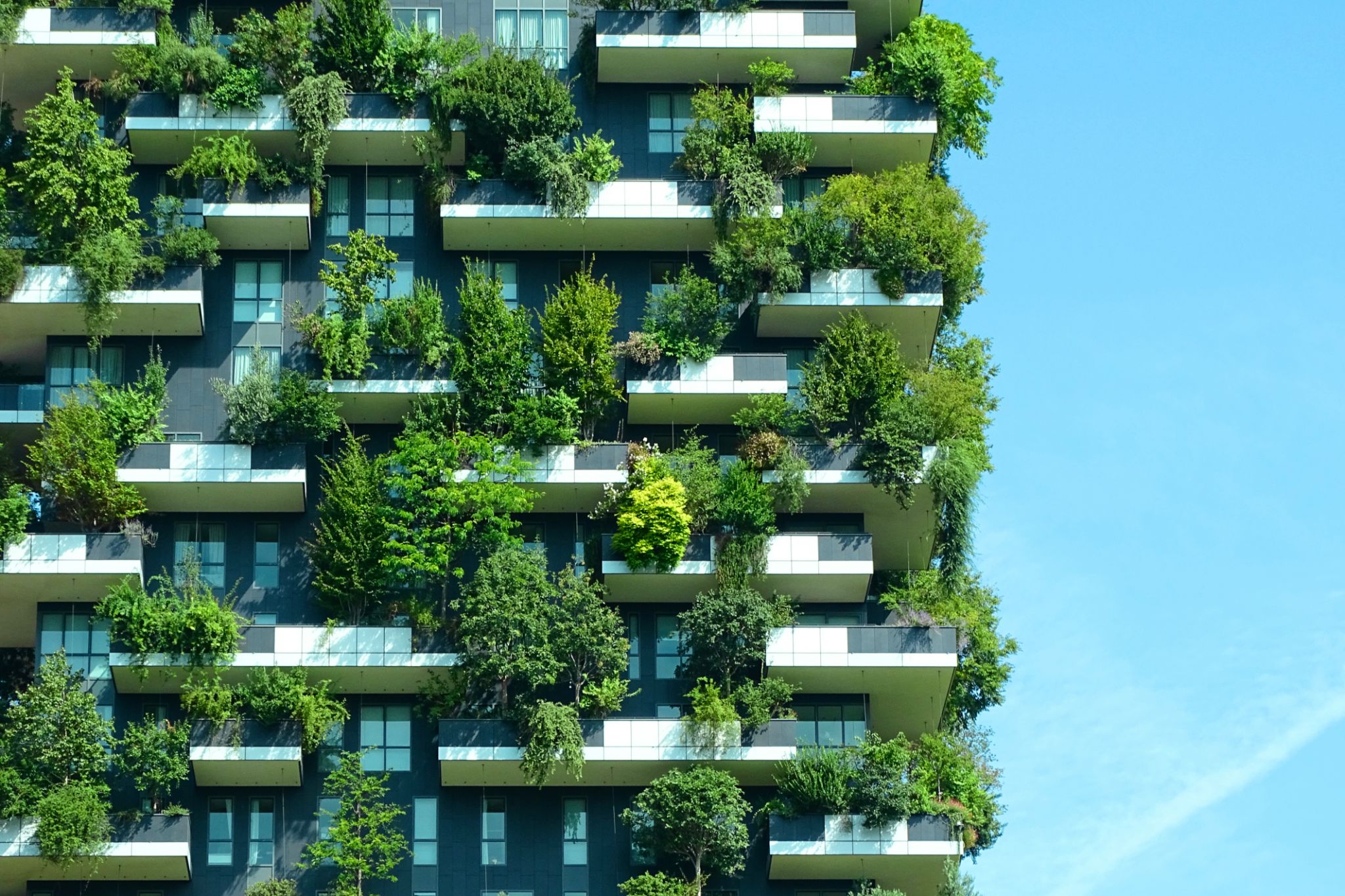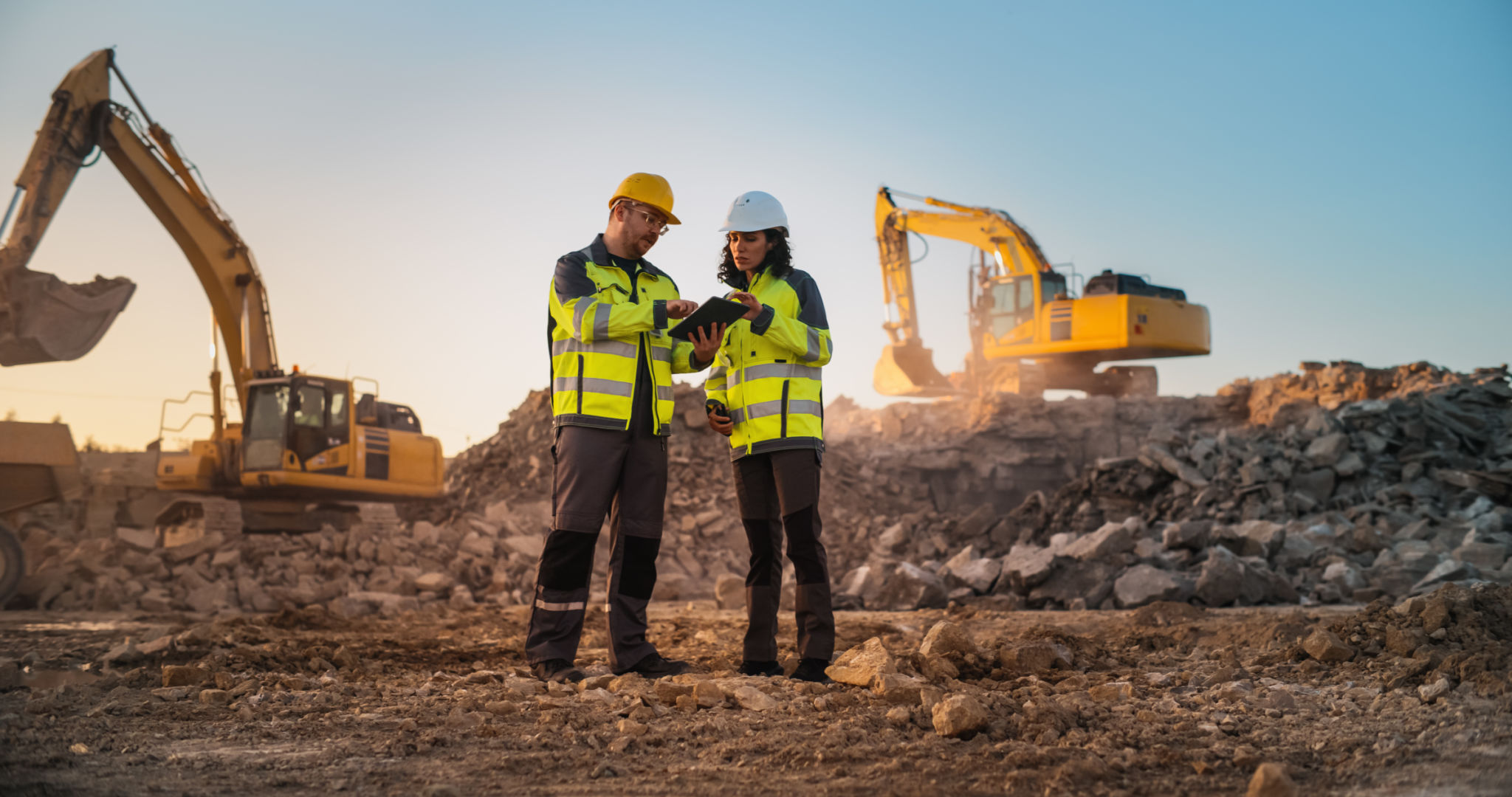Trends Shaping the Future of the AECO Industry
Introduction to AECO Industry Trends
The Architecture, Engineering, Construction, and Operations (AECO) industry is undergoing significant transformations as it adapts to new technologies, sustainability demands, and innovative practices. These changes are not only reshaping how professionals work but are also influencing the industry's future direction. In this blog post, we'll explore some of the most impactful trends that are setting the stage for the future of AECO.
Digital Transformation in AECO
Digital transformation is at the forefront of the AECO industry's evolution. With the advent of Building Information Modeling (BIM), professionals can create detailed 3D models that improve collaboration and efficiency. BIM enables teams to work together seamlessly, reducing errors and enhancing project outcomes. Additionally, the integration of cloud-based solutions allows for real-time data sharing, making it easier to manage complex projects.

Sustainability and Green Building
As environmental concerns continue to grow, the AECO industry is placing a stronger emphasis on sustainability. Green building practices are becoming standard, with a focus on reducing carbon footprints and enhancing energy efficiency. Innovations such as solar panels, green roofs, and sustainable materials are being widely adopted. These practices not only benefit the environment but also provide long-term cost savings for building owners.
Moreover, certifications like LEED and BREEAM are gaining prominence, encouraging builders to adhere to stringent environmental standards. This trend is expected to continue as both clients and governments push for more eco-friendly construction solutions.

Advanced Construction Technologies
The introduction of advanced construction technologies is revolutionizing how projects are executed. Robotics and automation are playing crucial roles in improving precision and safety on construction sites. Drones are being utilized for site surveys, inspections, and progress monitoring, providing detailed aerial views that were previously hard to obtain.
Another significant advancement is the use of 3D printing technology in construction. This innovative approach allows for the creation of complex structures with reduced material waste and labor costs, offering a glimpse into the future of construction methodologies.

Smart Buildings and IoT
The integration of the Internet of Things (IoT) in building design is paving the way for smart buildings. These structures use connected devices to optimize energy usage, enhance security, and improve occupant comfort. By collecting and analyzing data from various sensors, smart buildings can dynamically adjust lighting, heating, and cooling systems based on real-time conditions.
IoT technology also facilitates predictive maintenance by alerting facility managers to potential issues before they become critical. This proactive approach reduces downtime and extends the lifespan of building systems.

Emphasis on Resilience and Adaptability
Resilience and adaptability have become key considerations in AECO projects due to increasing climate uncertainties and urban challenges. Buildings are being designed to withstand extreme weather events while maintaining functionality. This includes using materials that can endure harsh conditions and implementing designs that allow for flexible space utilization.
The concept of adaptive reuse is also gaining traction, where existing structures are repurposed for new uses instead of being demolished. This practice not only preserves cultural heritage but also minimizes environmental impact.
Conclusion
The AECO industry is at a pivotal point where embracing these trends can lead to more efficient, sustainable, and innovative practices. As technology continues to advance and sustainability becomes a priority, professionals in this field must stay informed and adapt to these changes. By doing so, they can ensure that their projects meet the demands of the future while contributing positively to society and the environment.
